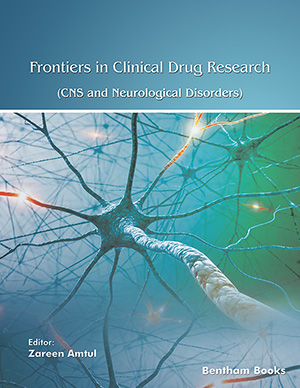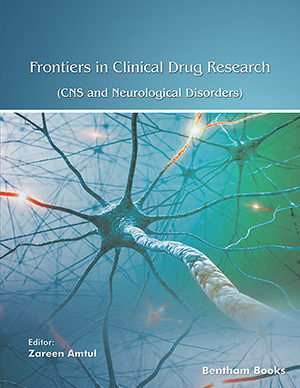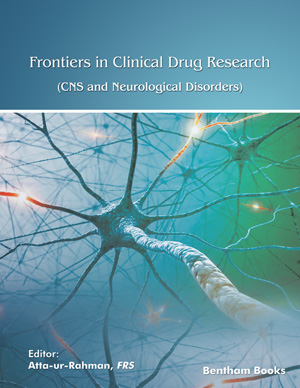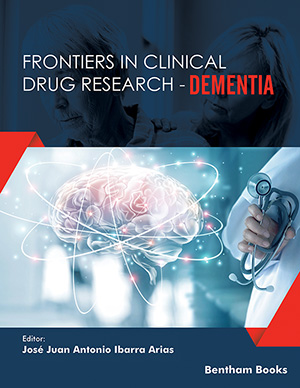
Abstract
The amyloid plaques in Alzheimers disease (AD) brains are co-localised with a broad variety of inflammation-related proteins (complement proteins, acute-phase proteins, pro-inflammatory cytokines) and clusters of activated microglia. The present data suggest that the Aβ depositions in the neuroparenchyma are closely associated with a locally-induced, non-immune-mediated chronic inflammatory response. Clinicopathological and neuroradiological data show that activation of microglia are a relatively early pathogenic event that precedes the process of severe neuropil destruction in patients. Recent gene findings (cDNA microarray) confirm the immunohistochemical findings of an early involvement of inflammatory and regenerative pathways in AD pathogenesis. Aβ deposition, inflammation and regenerative mechanisms are also early pathogenic events in transgenic mice models harbouring the pathological AD mutations, while “later” neurodegenerative characteristics are not seen in these models. Next to the plaques, Aβ amyloid deposition is frequently found in the walls of cerebral vessels (cerebral amyloid angiopathy). Most common is the type of amyloid deposition in the walls of meningeal and mediumsized cortical arteries, and more rarely, microcapillary amyloid angiopathy (dyshoric angiopathy). Immunohistochemical studies show that in AD patients, the majority of the amyloid deposits in the walls of the larger vessels is not associated with a chronic inflammatory response in contrast to micro-capillary amyloid angiopathy. In this contribution, we will give an overview of the similarities and differences between the involvement of inflammatory mechanisms in vascular and plaque amyloid in AD and transgenic models. The implications of the reviewed studies for an inflammation-based therapeutical approach in AD will be discussed.
Keywords: alzheimers disease, senile plaques, amyloid angiopathy, neuroinflammation, microglia, complement, inflammation-based therapies
 4
4


















